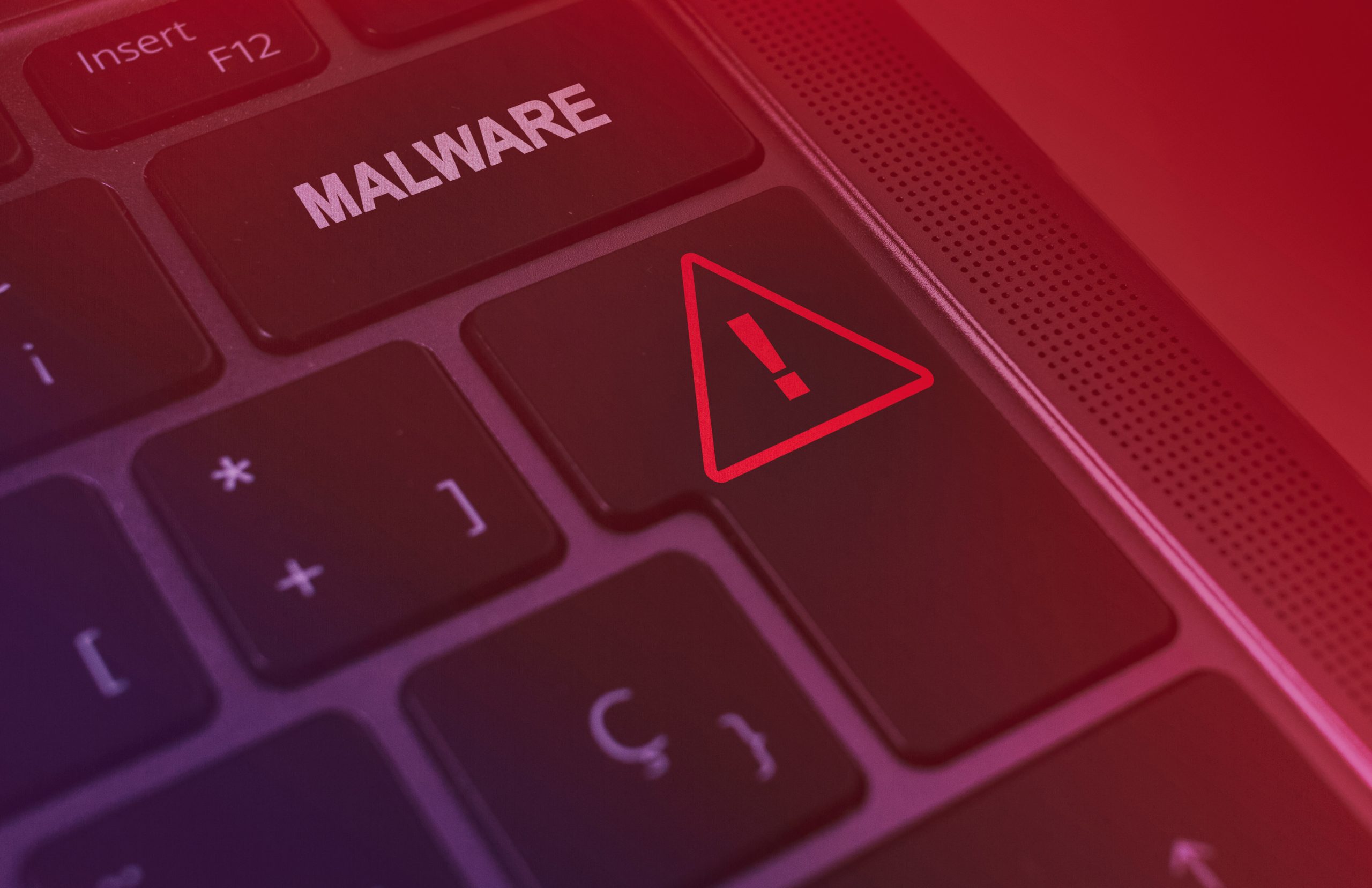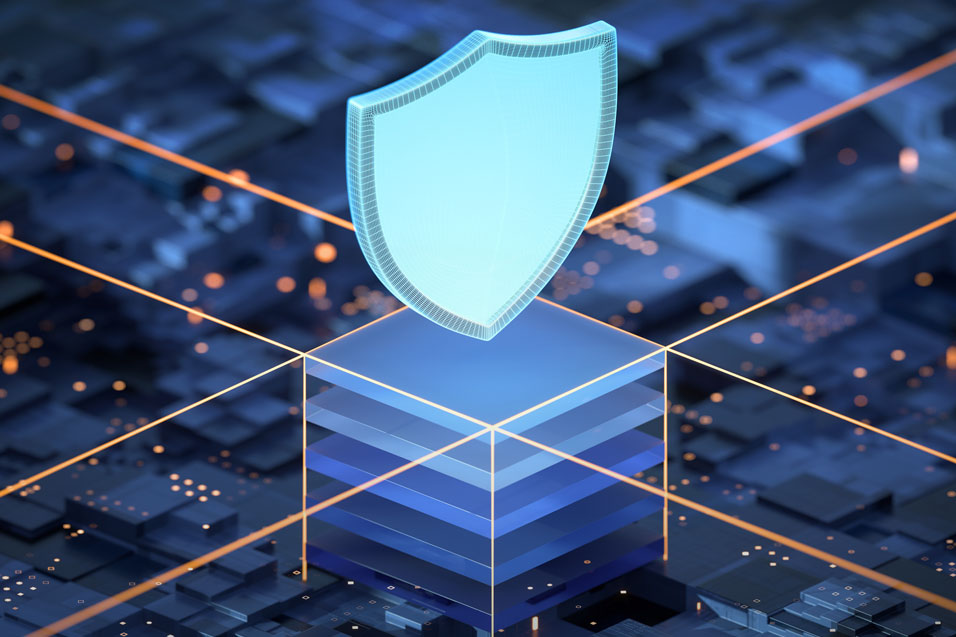
Secure by Design Principles for External Accessible Interfaces
“Secure by design” is a proactive approach that emphasizes incorporating security measures into the design process from the outset. By adhering to key principles such as least privilege access, secure default settings, and fail-secure designs, organizations can mitigate risks, reduce vulnerabilities, and create resilient systems. This blog explores the essence of “secure by design” and its importance in the modern cybersecurity landscape.














